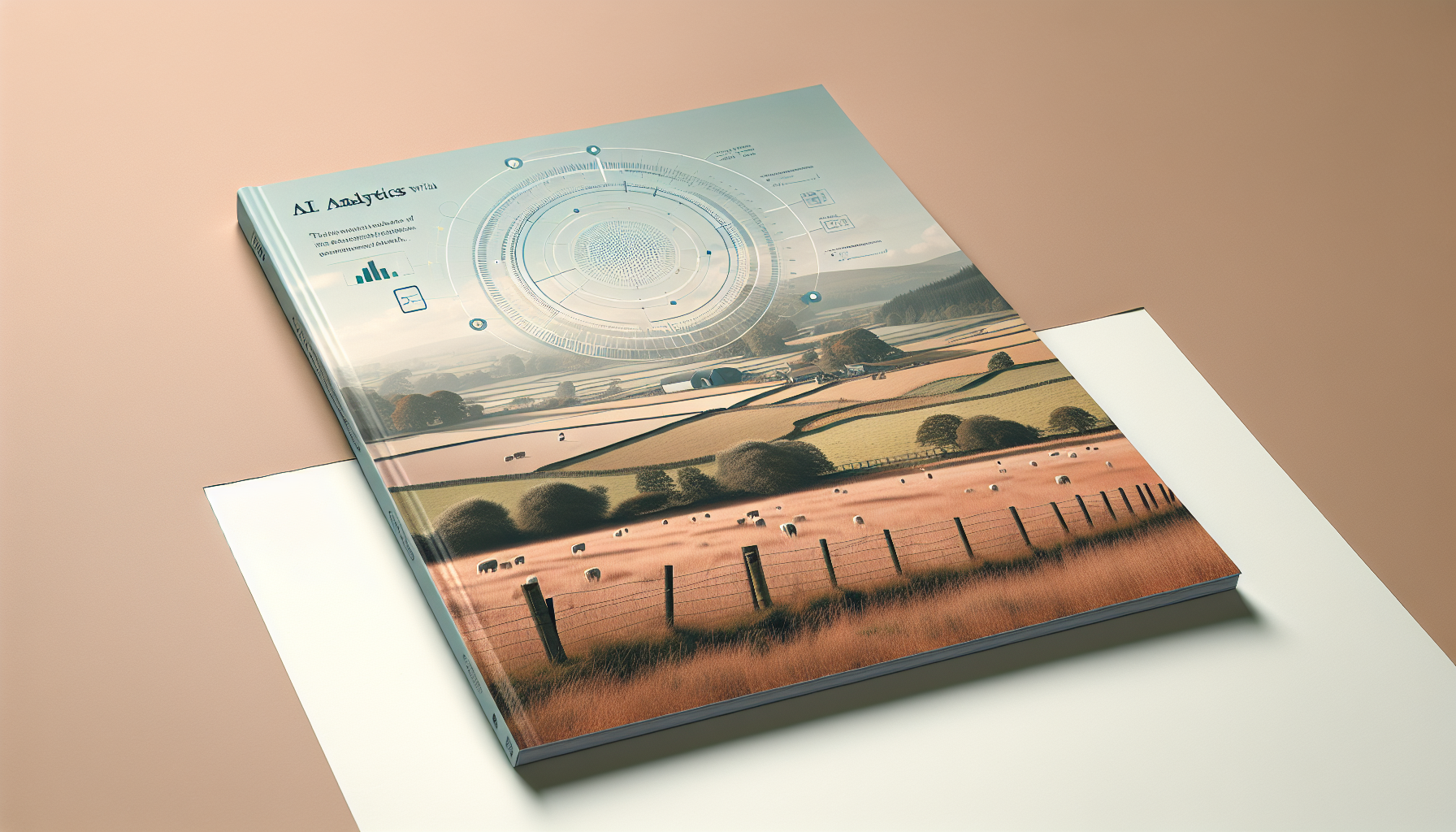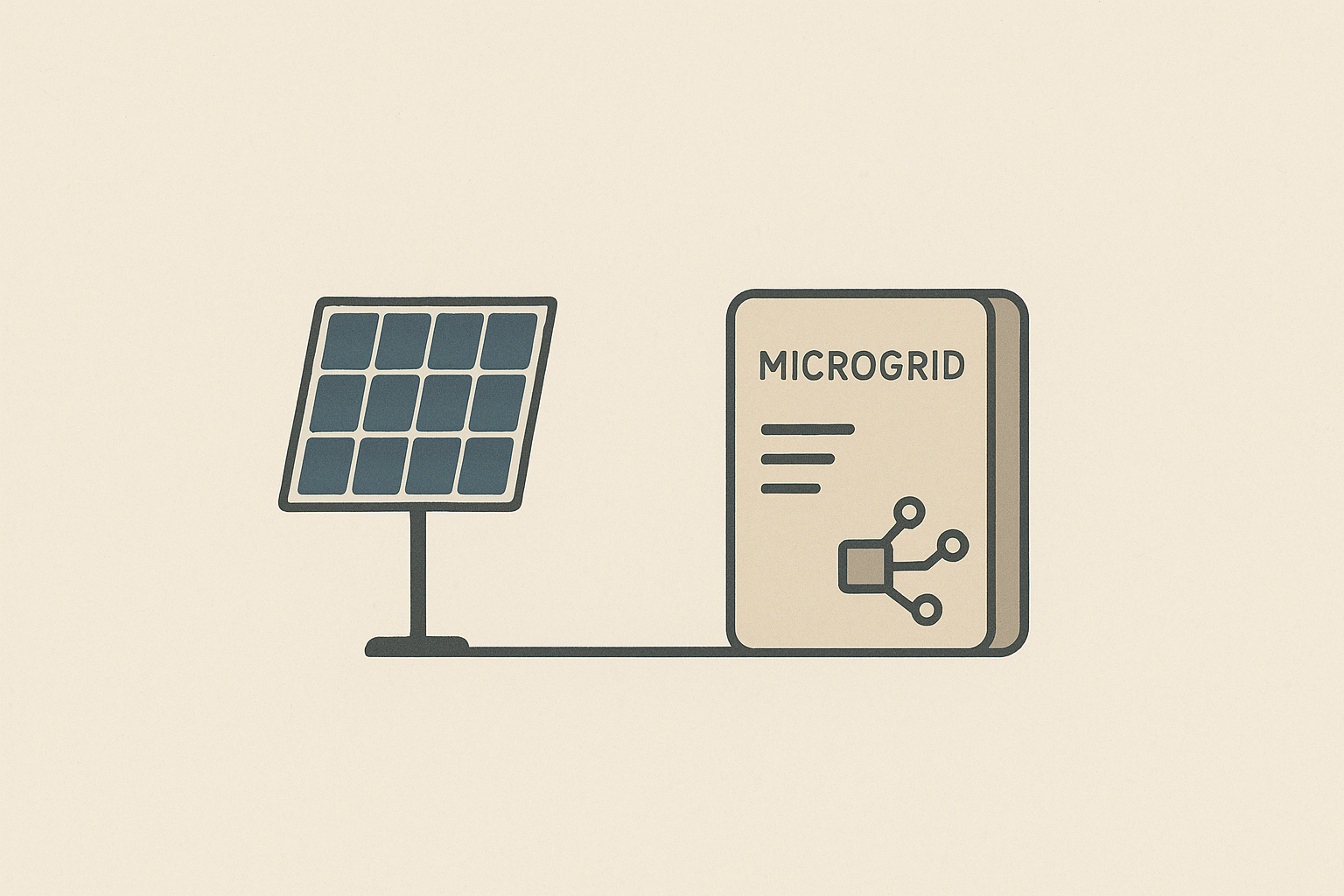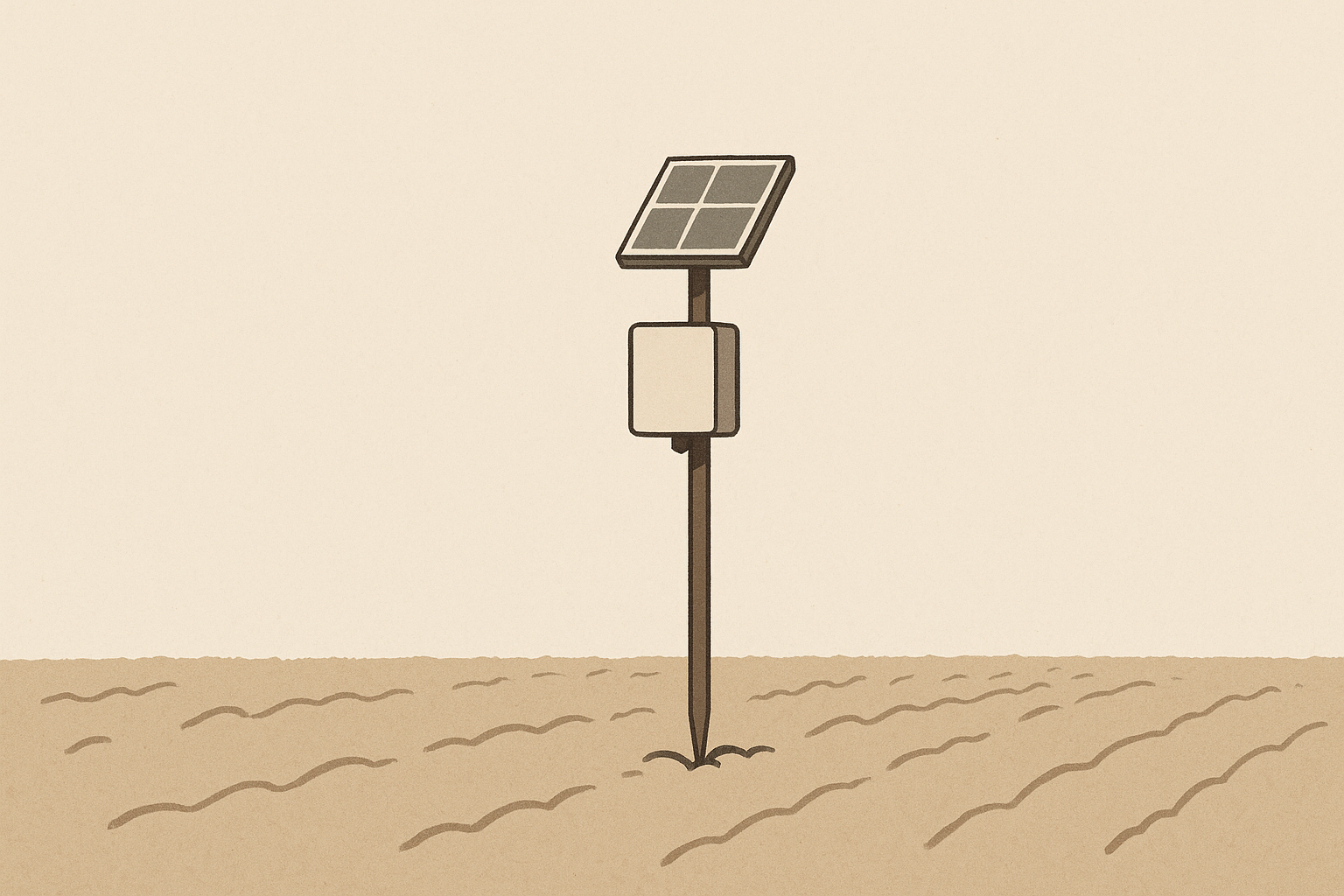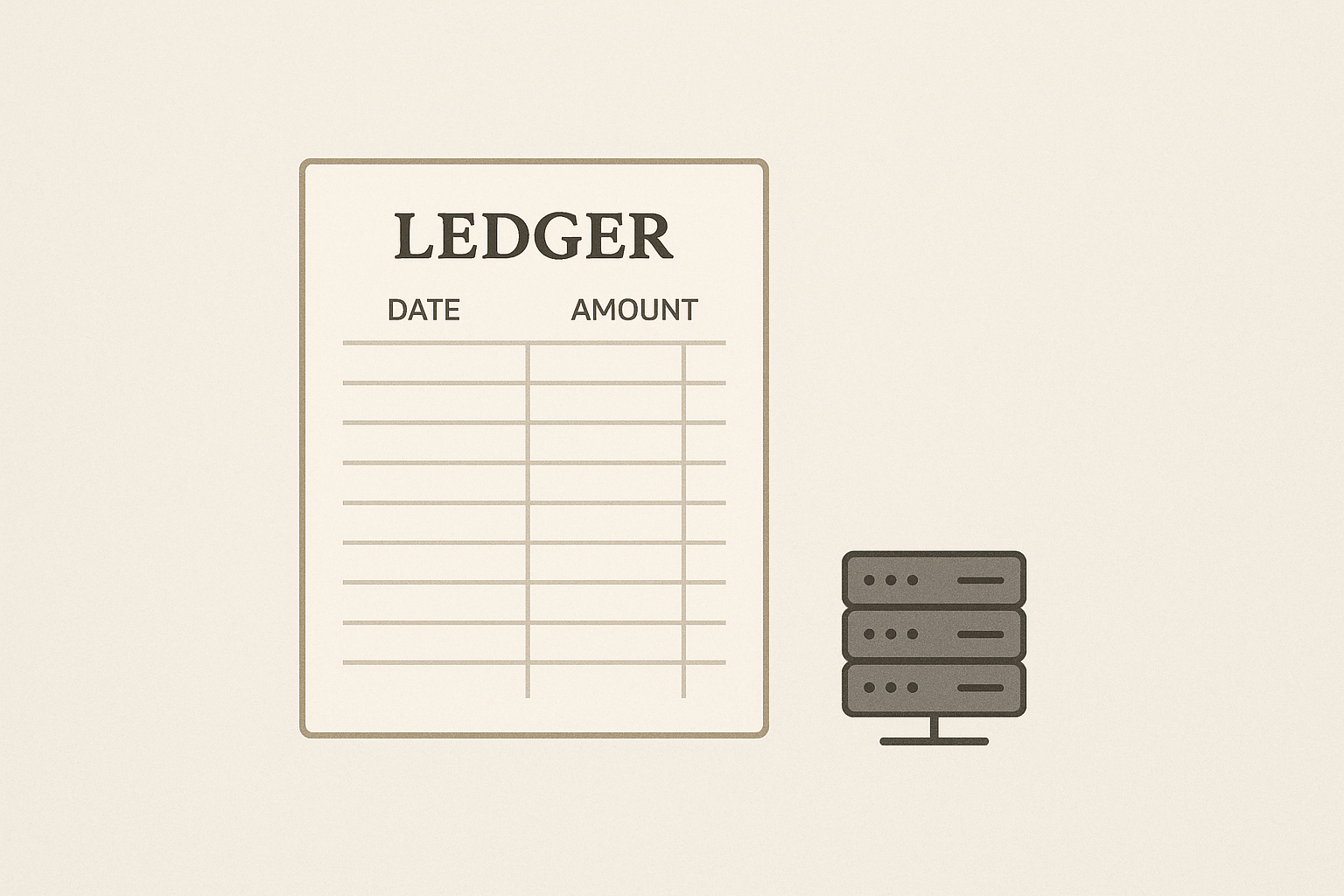Building Sustainable AI-Driven Agriculture: Frameworks for Long-Term Food Security
Integrating AI with sustainable farming practices can secure food supply amid changing environments.

The Evergreen Challenge: Feeding a Growing World Sustainably
Global food demand is increasing steadily; meanwhile, climate change and resource limitations challenge traditional agriculture. Sustainable farming must evolve with intelligent, adaptable technologies that maximise yield while preserving ecosystems.
Solution One: AI-Based Precision Agriculture Framework
Precision agriculture uses AI to optimise farming inputs and automate crop monitoring. This method reduces waste, enhances yield, and minimises environmental impact.
Step-by-Step Implementation:
- Deploy sensors (soil moisture, nutrient levels, climate) across fields.
- Integrate data streams into AI models trained to identify ideal watering, fertilisation, and pest control timings.
- Use machine learning algorithms to analyse multispectral drone images for crop health diagnosis.
- Automate irrigation and fertiliser systems with IoT frameworks controlled via AI decisions.
- Continuously retrain models with real-time data to improve accuracy and adaptability.
import numpy as np
from sklearn.ensemble import RandomForestRegressor
# Example: Predict optimal irrigation level based on sensor data
sensor_data = np.array([[30, 25, 18], [40, 20, 15], [35, 22, 16]]) # moisture, temp, nutrients
optimal_irrigation = np.array([10, 12, 11]) # litres per square meter
model = RandomForestRegressor()
model.fit(sensor_data, optimal_irrigation)
# New sensor input
new_data = np.array([[33, 23, 17]])
predicted_irrigation = model.predict(new_data)
print(f"Recommended irrigation: {predicted_irrigation[0]:.2f} litres/m²")Solution Two: AI-Powered Crop Diversification and Risk Management Framework
This framework harnesses AI to analyse climate trends and market data for optimal crop mix and planting schedules, fostering resilience to environmental and economic fluctuations.
Step-by-Step Implementation:
- Collect long-term climate projections and soil suitability maps for the farm locale.
- Use AI-driven economic models to forecast crop profitability and demand volatility.
- Develop an optimization algorithm that suggests crop portfolios maximizing yield, profit, and risk reduction.
- Integrate pest, disease, and weather forecasting AI tools to adjust planting and harvesting dynamically.
- Implement decision-support dashboards for farmers to monitor risks and recommended interventions.
Engagement Blocks
Did You Know? Precision farming can increase crop yields by up to 20% while reducing water use by 30%, according to UK agricultural data.
Pro Tip: Begin AI integration with pilot zones within your farm to carefully gather data and fine-tune models before full-scale deployment.Warning: Avoid black-box AI solutions; ensure transparency and farmer input to maintain trust and contextual relevance.
Evening Actionables
- Audit your existing farm data sources and identify gaps in monitoring capabilities.
- Set up a low-cost sensor network using open hardware like Arduino or Raspberry Pi for real-time data collection.
- Experiment with basic AI models (e.g. RandomForest, decision trees) using open-source libraries to predict irrigation or fertilisation needs.
- Create a simple dashboard displaying environmental and crop health metrics with an explanation layer.
- Connect with agri-tech research collaborations or local government sustainability programmes to access expertise and funding.
Related Reading
For architectural resiliency strategies in technology systems akin to sustainable frameworks in farming, see Building Resilient Microservices Architectures: Strategies for Longevity and Adaptability.





Comments ()